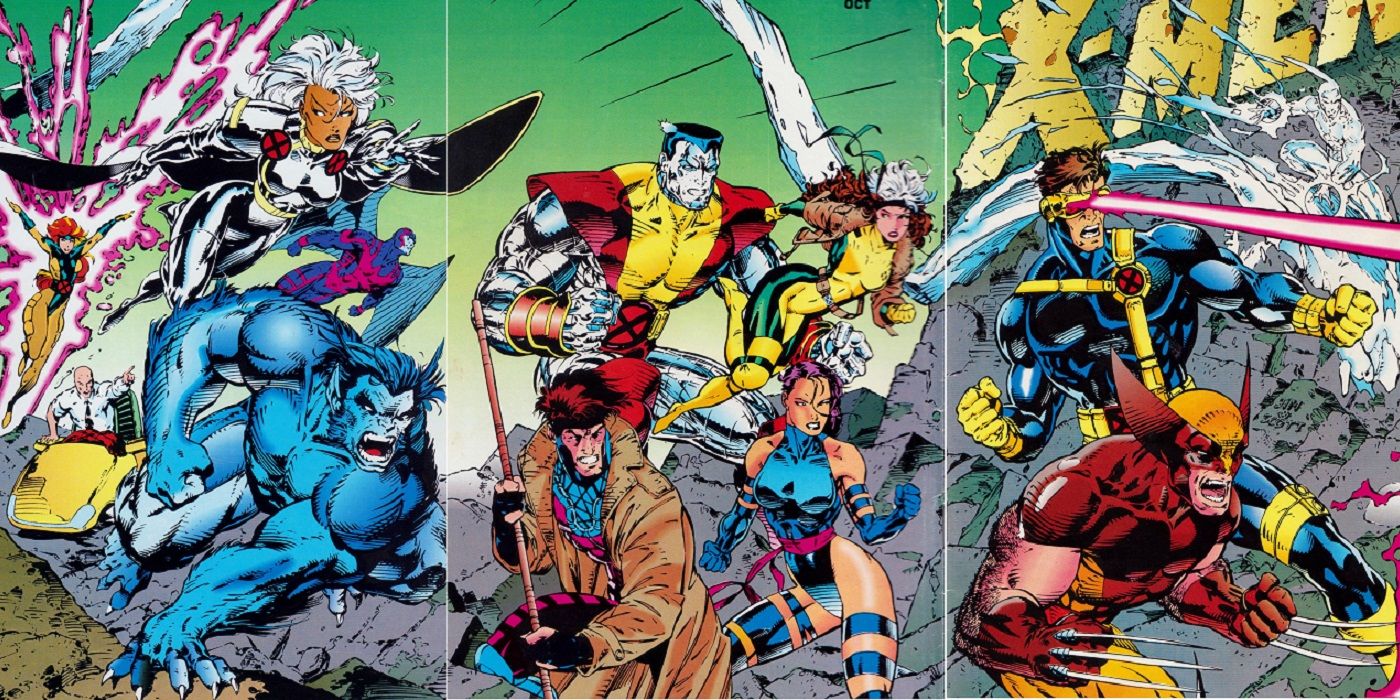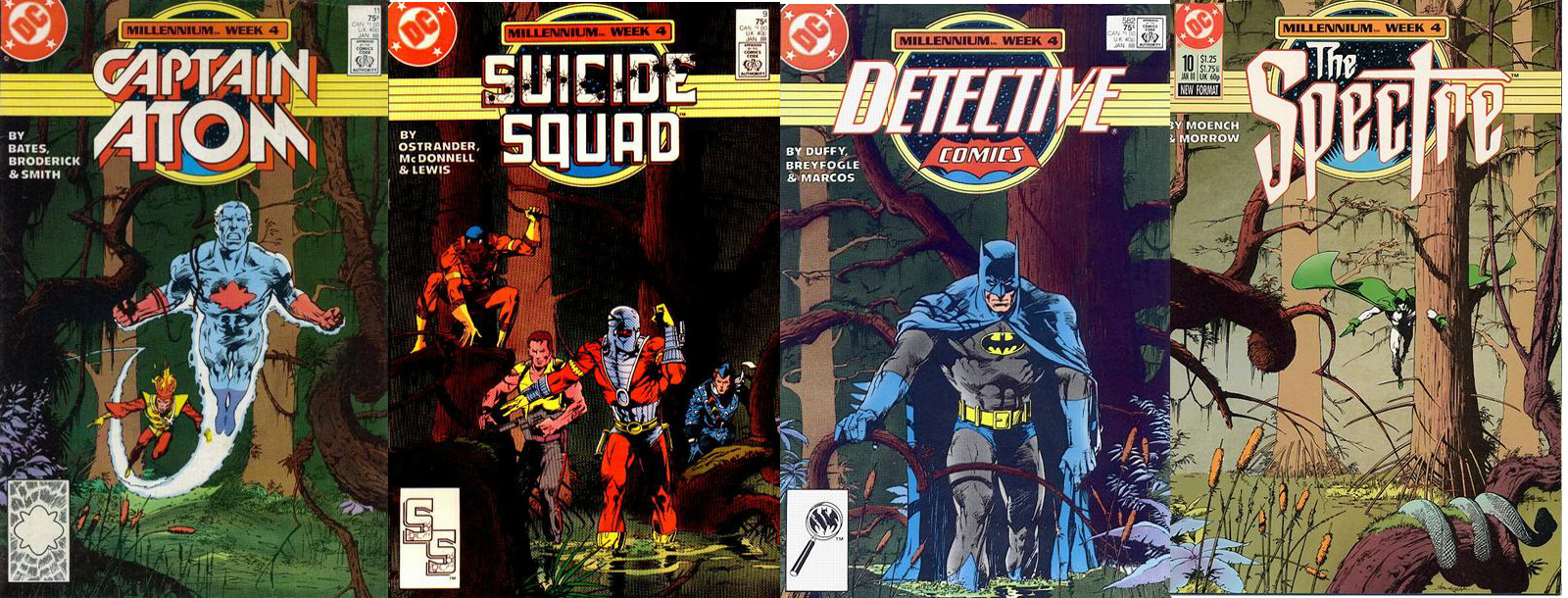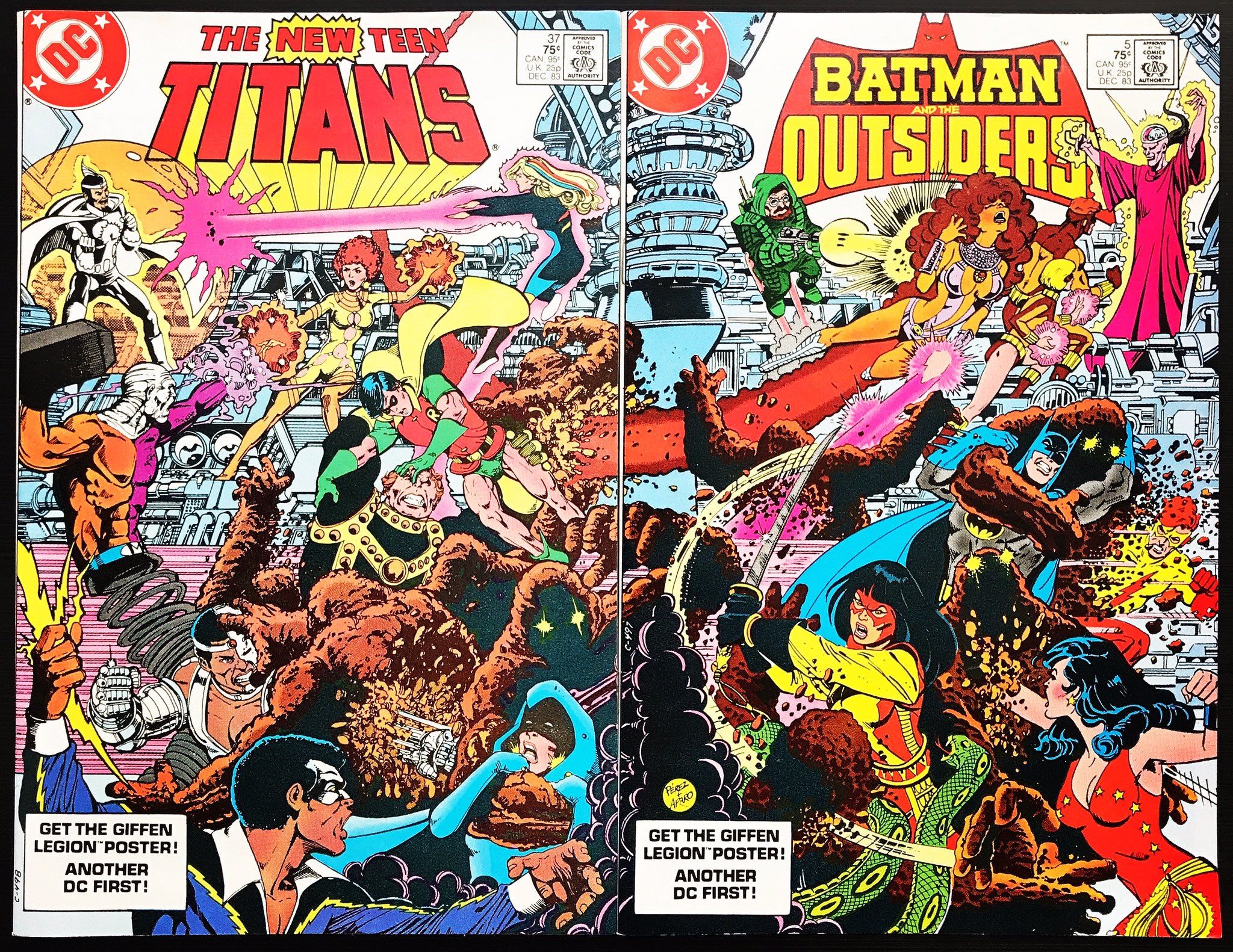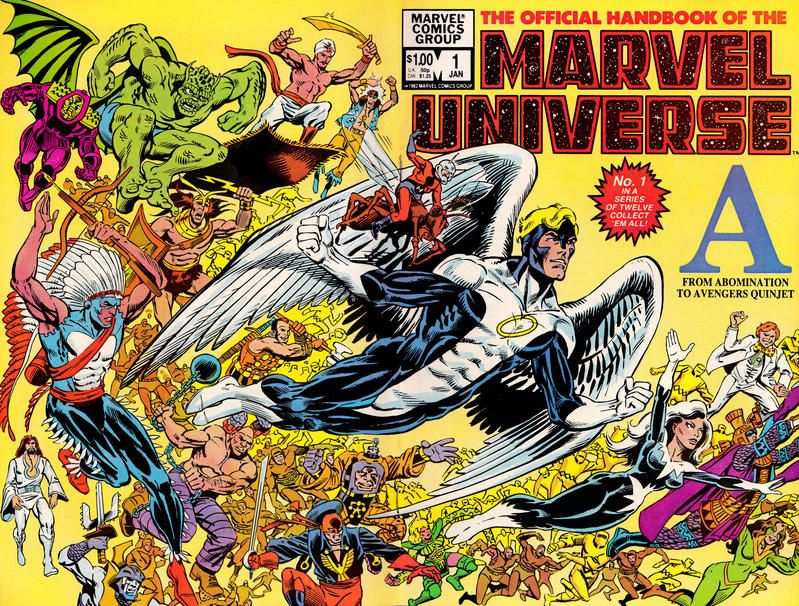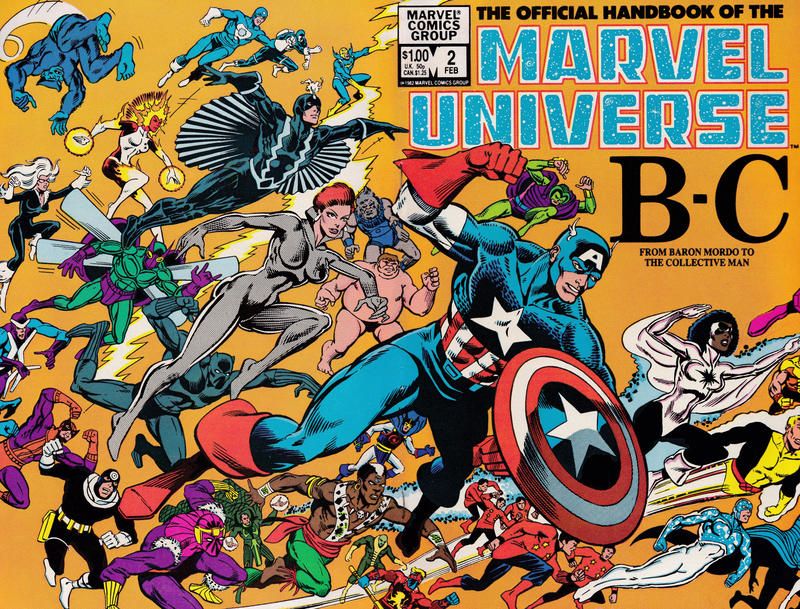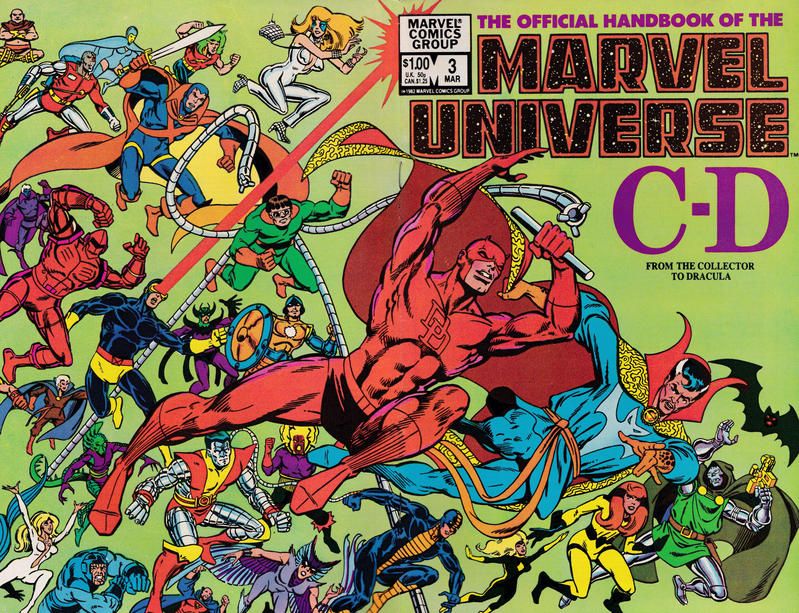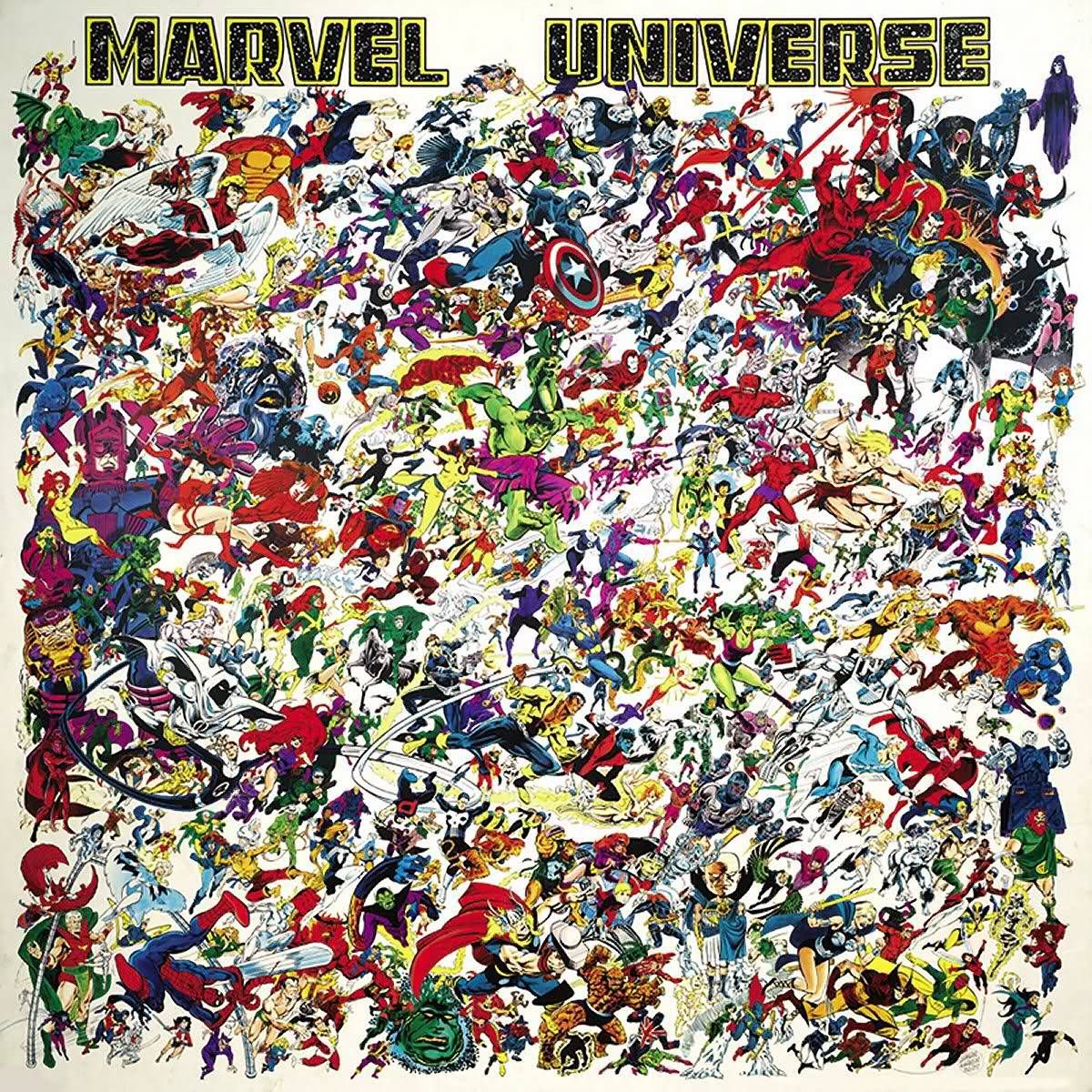In "When We First Met", we spotlight the various characters, phrases, objects or events that eventually became notable parts of comic lore, like the first time someone said, "Avengers Assemble!" or the first appearance of Batman's giant penny or the first appearance of Alfred Pennyworth or the first time Spider-Man's face was shown half-Spidey/half-Peter. Stuff like that.
Reader Bob M. wrote in to ask:
Here is my suggestion for a topic: First time interlocking covers were used. While its not a new idea these days, I had thought the first time was for the four covers that Jerry Bingham did on Spectre/Suicide Squad/Detective/Captain Atom on the Millennium cross-over in 1987/1988. I have the original art for all four and I bought them fresh off the newsstand as a kid, but I've always wondered if that was the first time that idea was executed in comic covers.
Here is the series of covers that Bob is referring to, by artist Jerry Bingham, which came out as part of a brilliantly subtle four-part crossover during Millennium where none of the books really technically crossed over with each other (in fact, I think I will write about that little non-crossover crossover in an upcoming edition of Our Lives Together) but they were all essentially taking place at the same time, all within the swamps of Louisiana.
If you have been reading my various columns about comic book history over the years, you likely already know that there was a very special moment in the history of the comic book cover called the institution of the direct market. You see, once the direct market became a thing, then comic book companies began to make more profit on the production of their comic books, since they no longer had to produce 300,000 copies to sell 100,000 copies (or whatever, something along those lines). Now, if they were selling 100,000 copies, they could actually print 100,000 copies and not have that crazy extra overhead. Without that overhead, comic book companies had the freedom to spend more money on the actual comic books themselves, since there was less of a need to make them as cheap as possible. This is how gimmick covers were introduced. It would be way too expensive to mass produce hologram covers, but if every hologram is already paid for before it is produced, you can print as many as necessary.
So it was during the proliferation of the direct market that almost all comic book cover innovations were introduced. However, a notable exception would be the interlocking comic book cover. It did not cost extra to produce an interlocking cover, where two comic book covers would be placed side by side to form one larger image.
However, the direct market played a role there, as well. When the news stand was the main delivery system for comic books, comic book cover innovations like interlocking covers would be useless, since the comic books were sold on spinner racks or on traditional news stands, where the books would be staggered so that you could only see the covers on the books in the front, while the other books would just show you the top half of their covers. The direct market, though, came with it specialty comic book shops and those types of shops were more interested in seeing innovative comic book covers with stuff like interlocking covers.
Page 2: [valnet-url-page page=2 paginated=0 text='So what came first?']
One of the first examples of this type of cover was in the crossover of the New Teen Titans with Batman and the Outsiders in 1983, with a striking pair of interlocking covers done by the artists of the both books working together (George Perez and Jim Aparo)...
This really the TRUE first answer, as the covers could literally be put together to form a single image.
This differs from The Official Handbook of the Marvel Universe, where Ed Hannigan and Joe Rubinstein did a series of covers that ALMOST come together...
but it is not until they were put into one giant poster that they actually went together, as the sides were all trimmed otherwise (the images were also altered to make them more current as to the time when the poster was finished)...
So I think the Titans/Outsiders crossover is the true winner.
Thanks for the question, Bob! If anyone else has a question regarding when something in comic book history first showed up, drop me a line at brianc@cbr.com and I'll try to figure it out for you!

